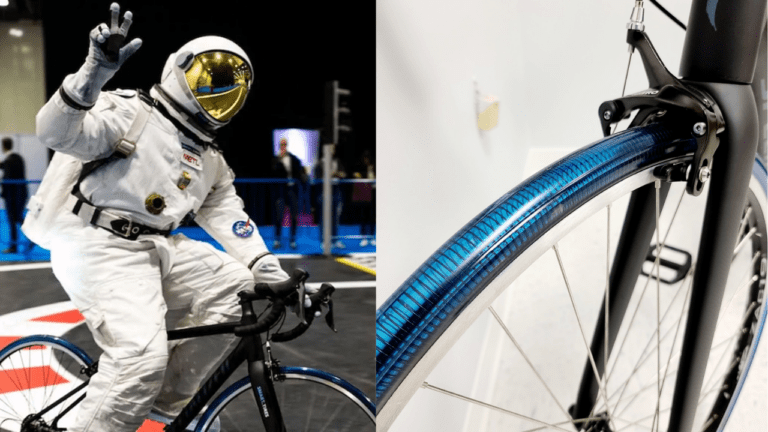A Maryland doctor has shown how people experience twitches or a falling sensation just before falling asleep.
Dr. Kunal Sood, a pain management specialist, explained on TikTok about this phenomenon. The incident known as hypnagogic or hypnic jerk, may be attributed to “confusion” within the brain.
“A theory for why this even occurs at all is our brains get confused when our muscles relax and think we are falling, and it creates a jerk to prevent the fall.”
Dr. Kunal Sood, a pain management specialist
These twitches (cramps) are generally harmless. And they typically triggered by stress. And also the consumption of stimulants such as drugs, alcohol, and caffeine, and a lack of sleep. According to the Cleveland Clinic, approximately 70% of the population may experience this phenomenon in some form.
Scientifically, these sudden, involuntary muscle movements are called sleep or hypnic myoclonus. And they occur during a transition between sleep phases. They are most likely to happen as an individual falls asleep and during the light stage of sleep immediately afterwards. This aligns with Dr. Sood’s explanation, as this light sleep stage can misinterpreted by the brain as wakefulness, leading the brain to send signals to the muscles to ensure they remain active or reactive for protection.
The communication between nerve cells is facilitated by neurotransmitters, which send chemical signals to help control limb movements. Abnormalities or deficiencies in the receptors that neurotransmitters bind to can contribute to myoclonus, resulting in the feeling of movement, falling, or jerking as the muscles are stimulated
Dr. Reena Mehra, director of sleep disorders research in the Sleep Center of the Neurological Institute at Cleveland Clinic with Newyorkpost
What is hypnagogic or hypnic jerk?
A hypnagogic or hypnic jerk occurs when you involuntarily contract muscles as you drift into slumber. Often, it’s paired with a sensation of falling. These jerks are widespread and affect individuals of all ages and health statuses.
Although the precise cause remains uncertain, they likely stem from the shift between wakefulness and sleep. Brain activity slows as you transition to sleep, and muscles relax, occasionally resulting in abrupt muscle contractions as your body adapts.
Typically harmless, hypnagogic jerks seldom cause lasting harm but can be startling and disrupt sleep. Frequent experiences warrant conversing with a doctor to rule out underlying medical conditions.
How to minimize hypnagogic jerks?
Knowing how to minimize hypnagogic jerks is beneficial, despite their harmless nature.
- Prioritize adequate sleep.
- Avoid caffeine and alcohol before bedtime.
- Maintain a consistent sleep schedule.
- Develop a soothing bedtime routine.
- Ensure your sleeping environment is dark, quiet, and calm.
- If a jerk occurs, concentrate on calming your breathing.
Scientifically termed sleep or hypnic myoclonus, these muscle movements occur during the transition into light sleep phases, reinforcing the brain’s vigilance in ensuring muscle activity for protection. Understanding the underlying mechanisms sheds light on a curious aspect of our nightly journey into slumber.
Also read:







